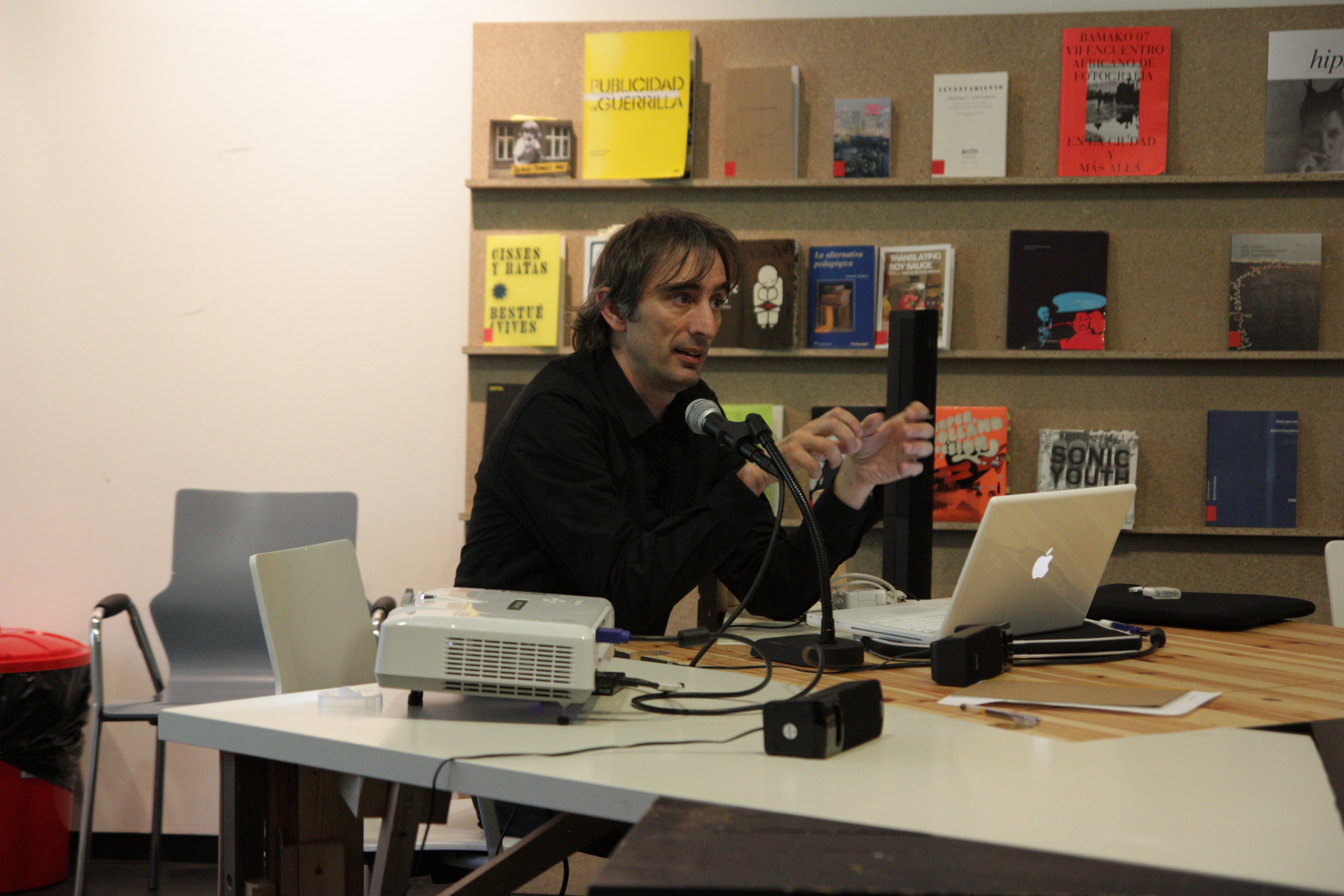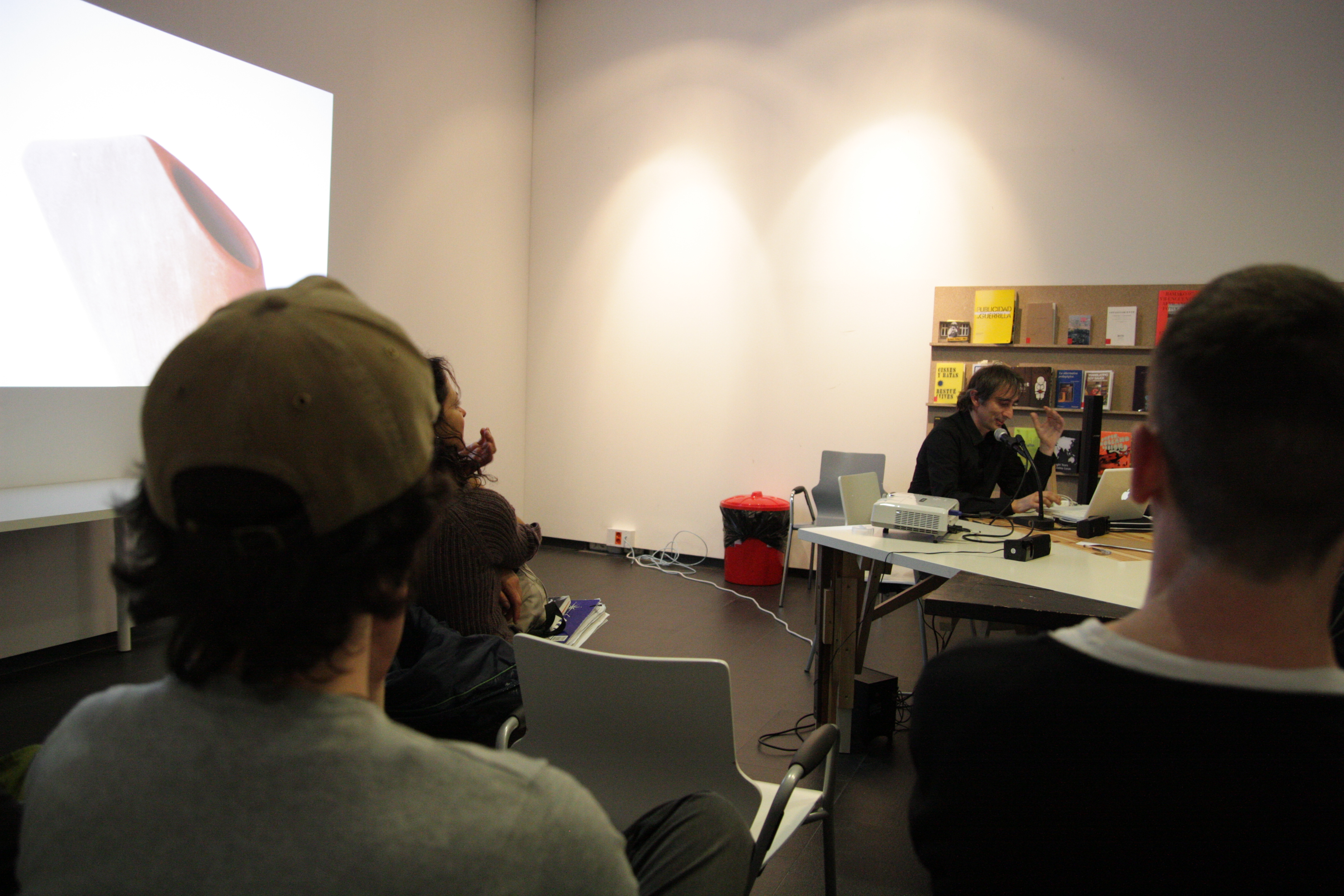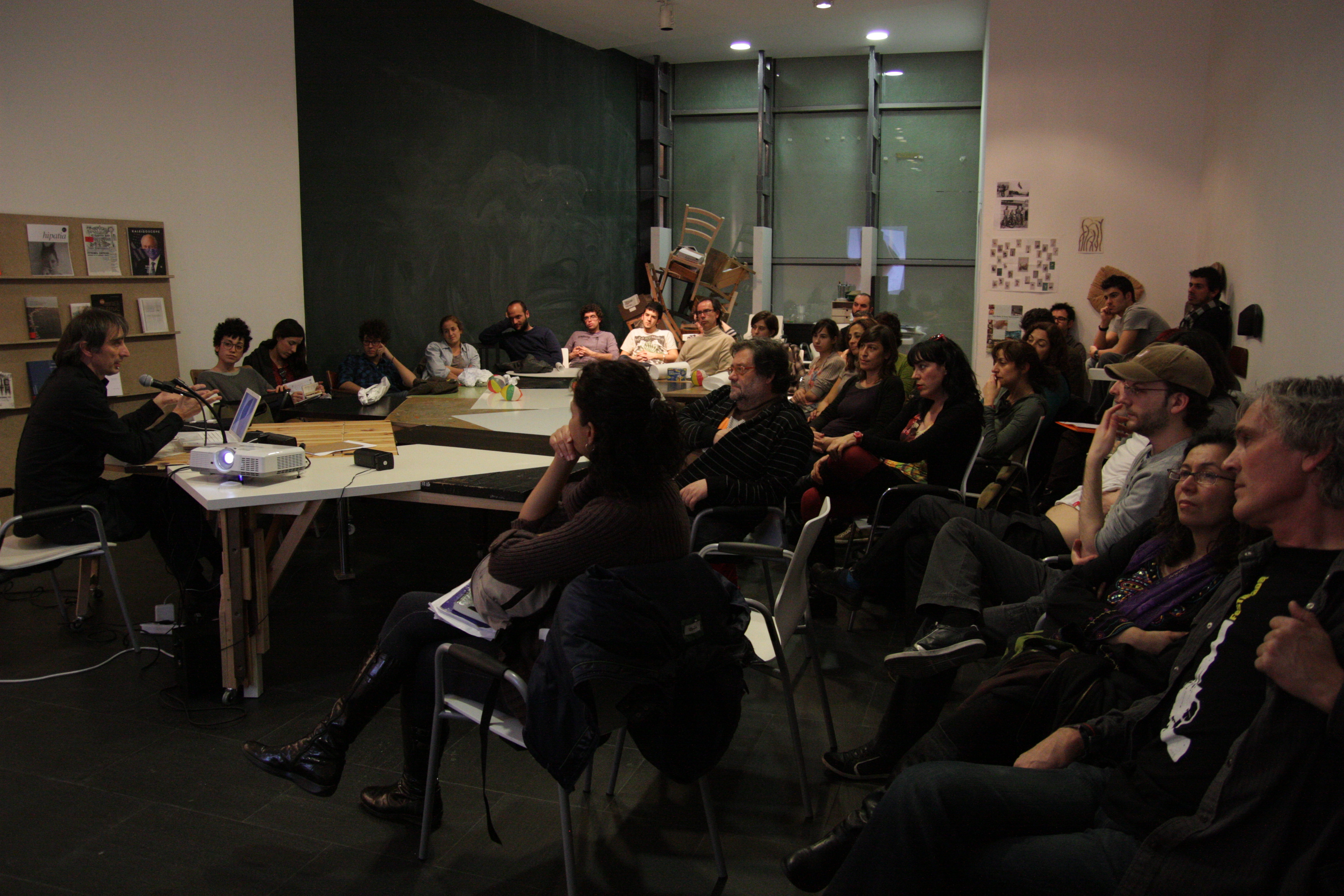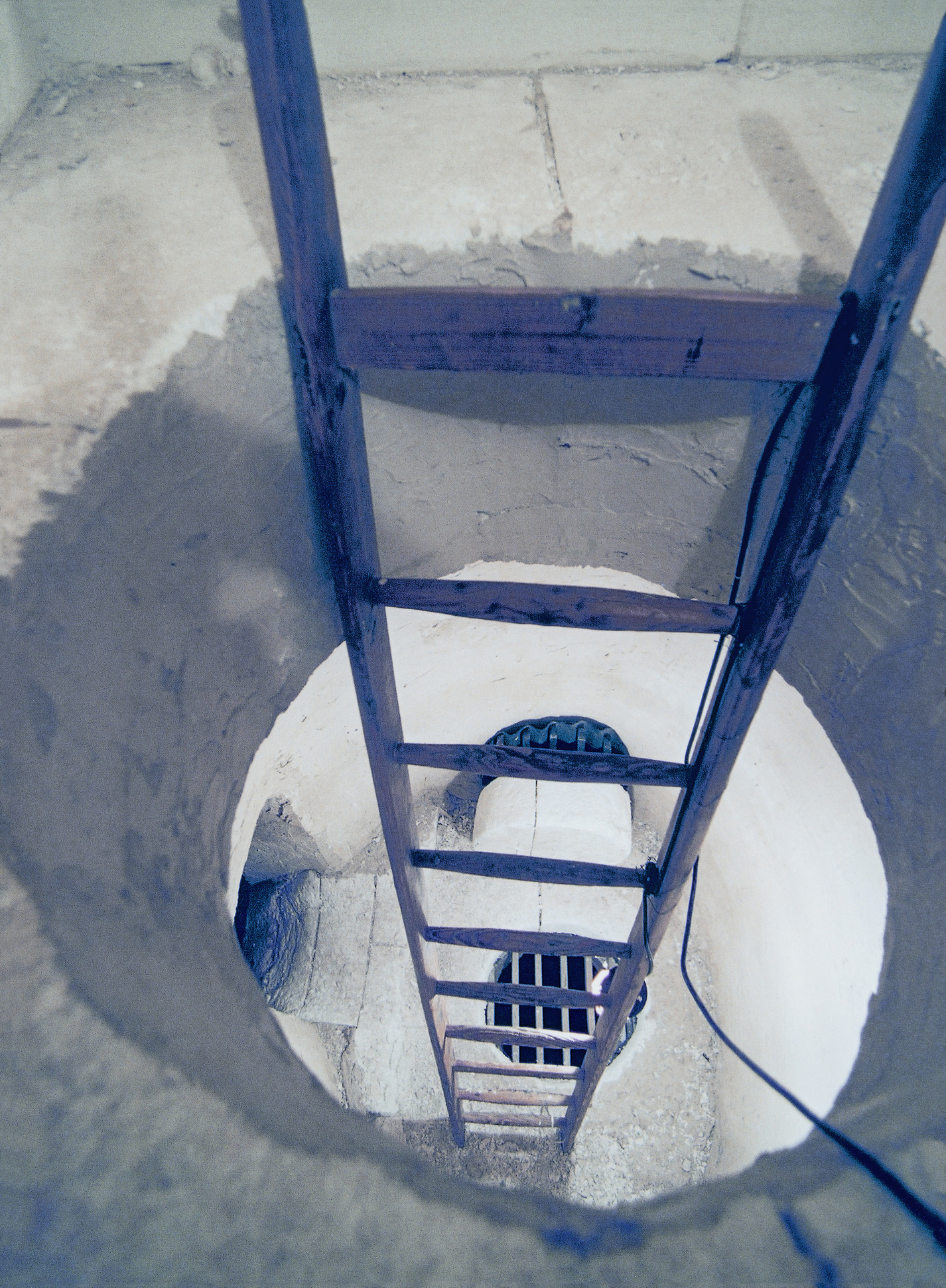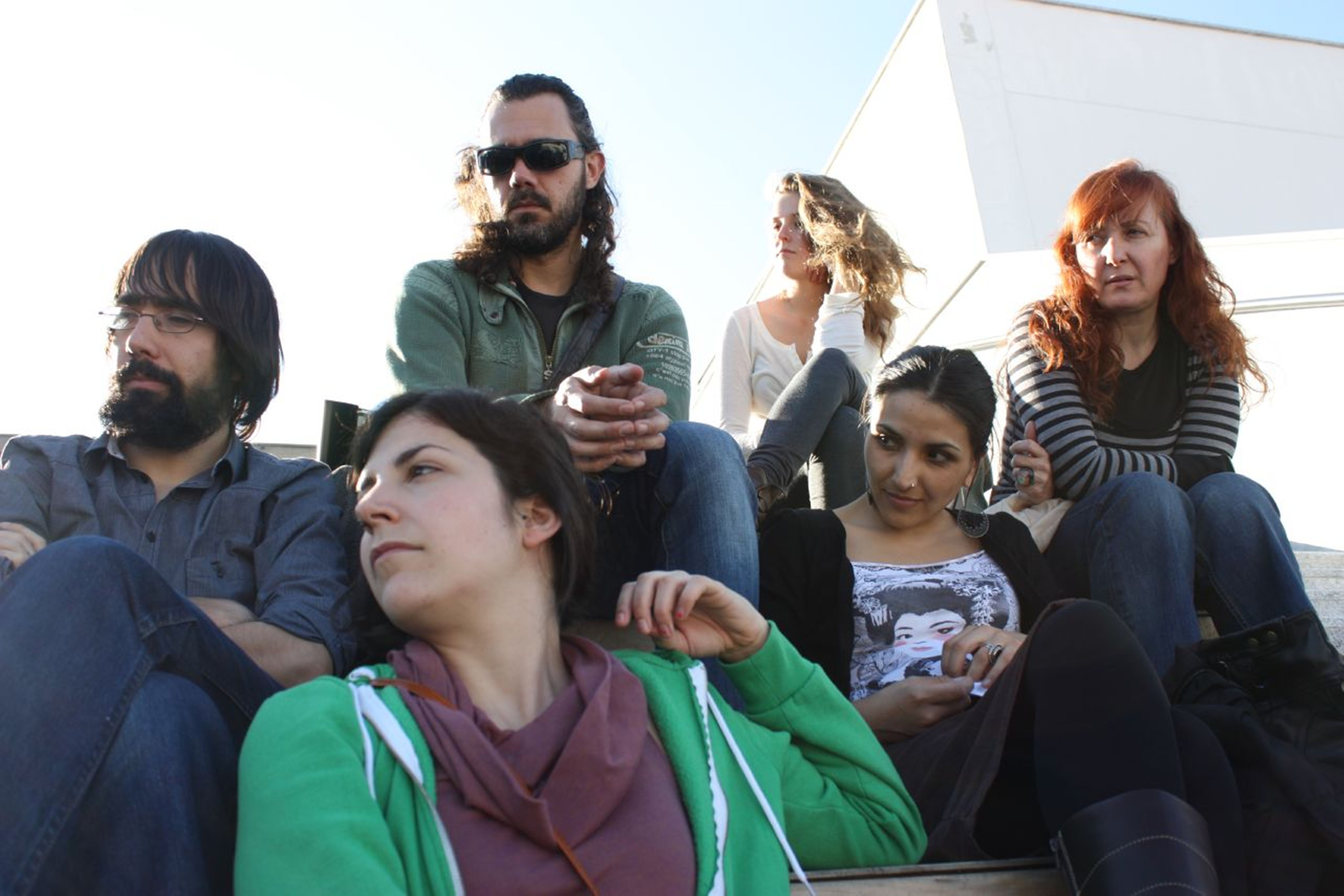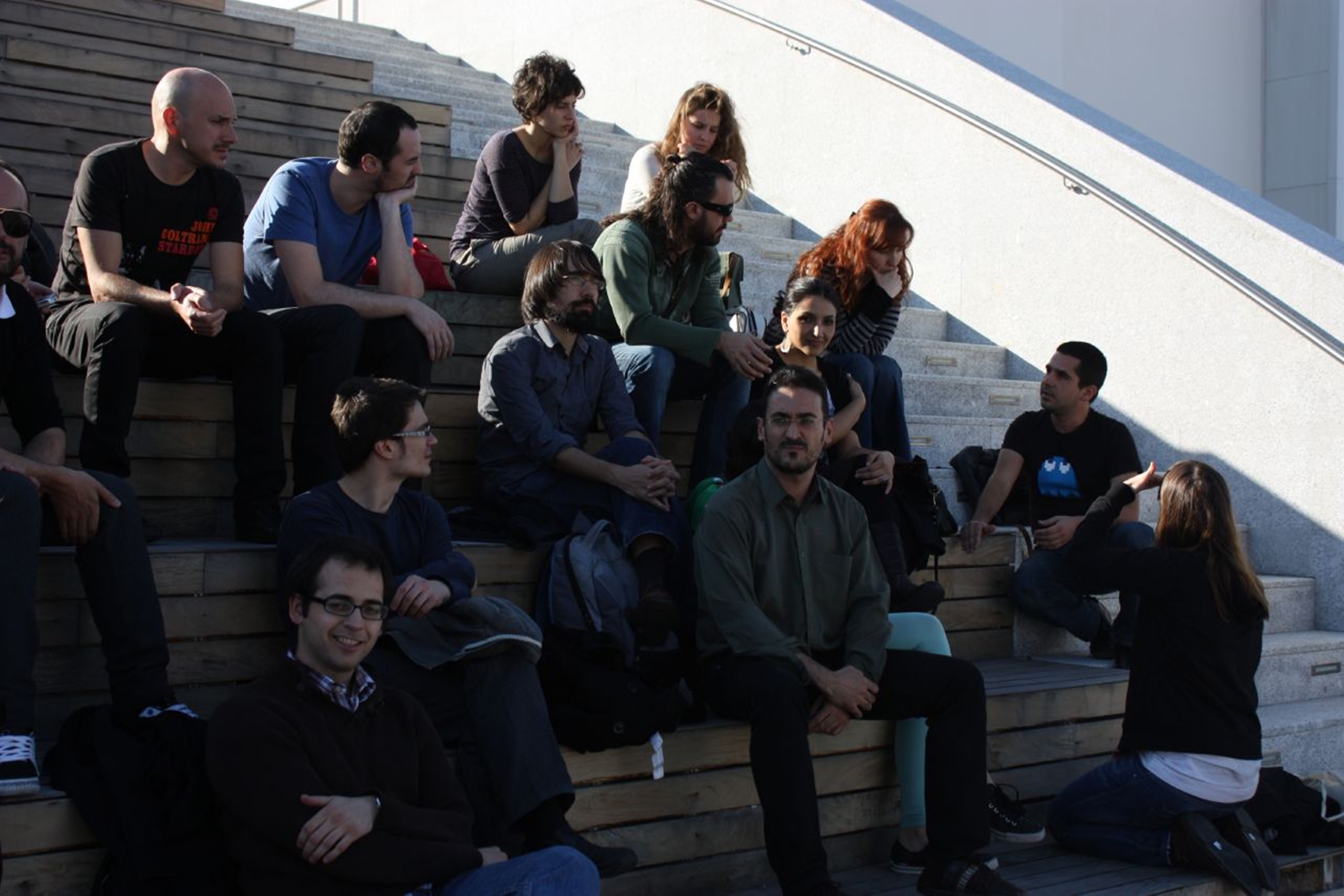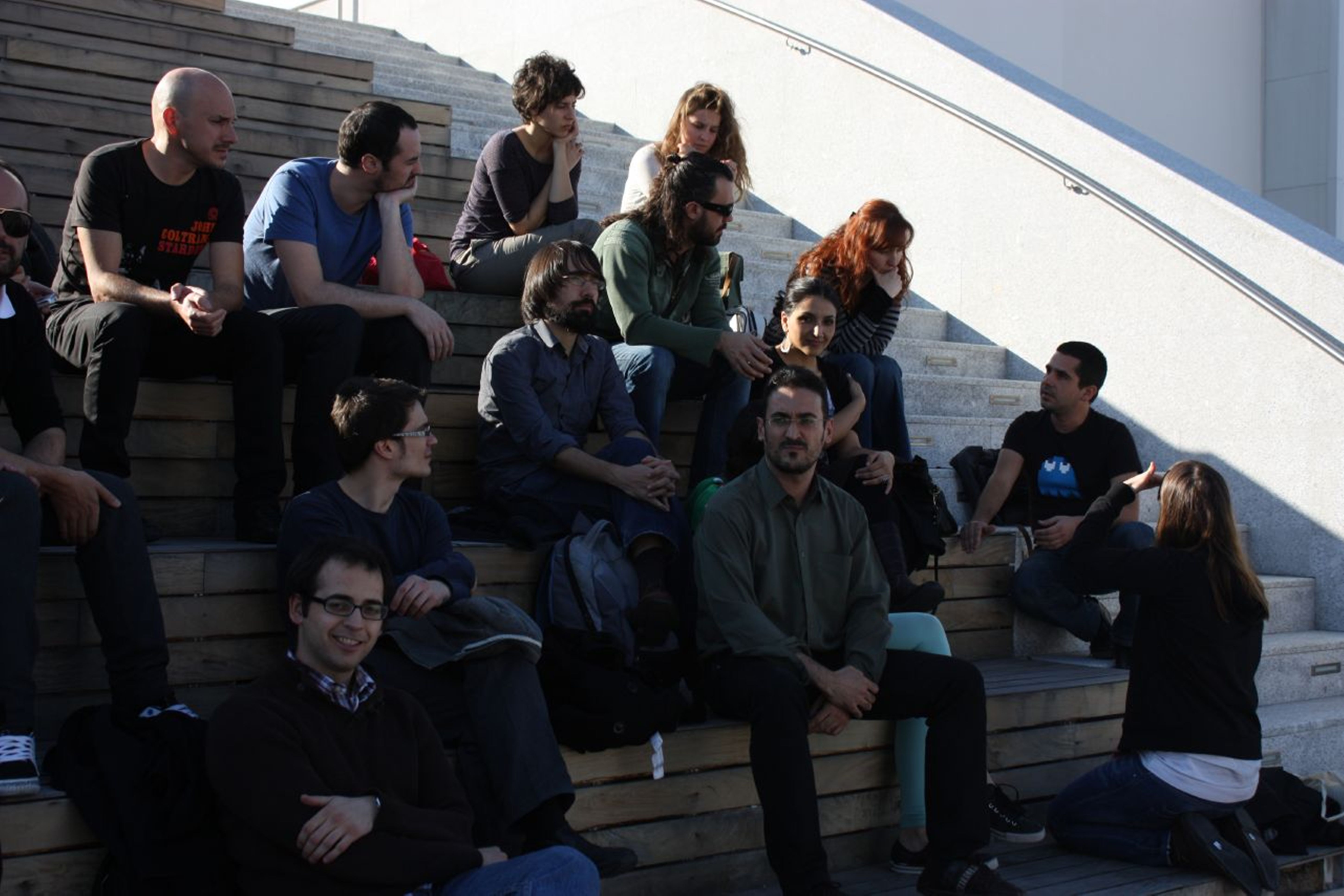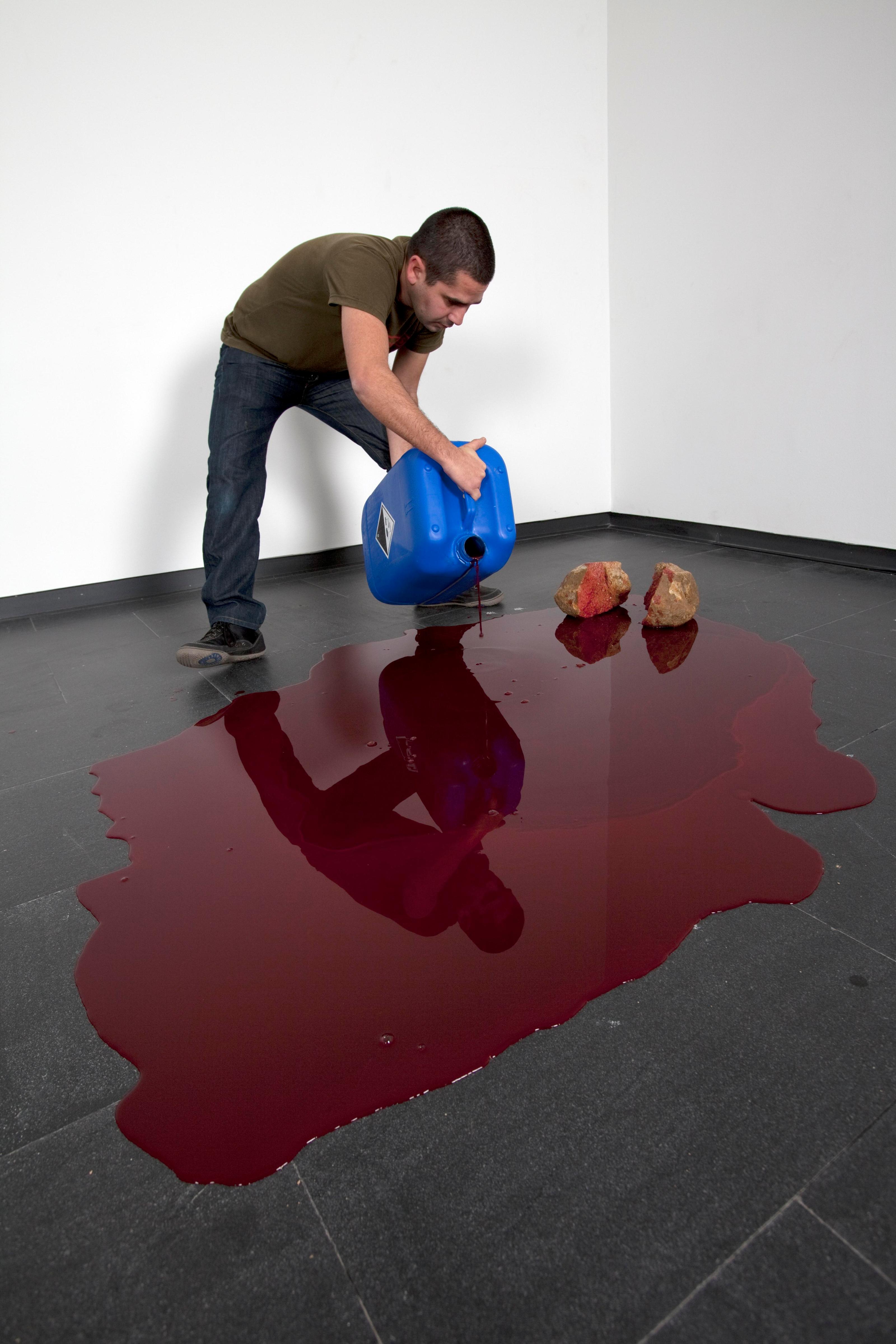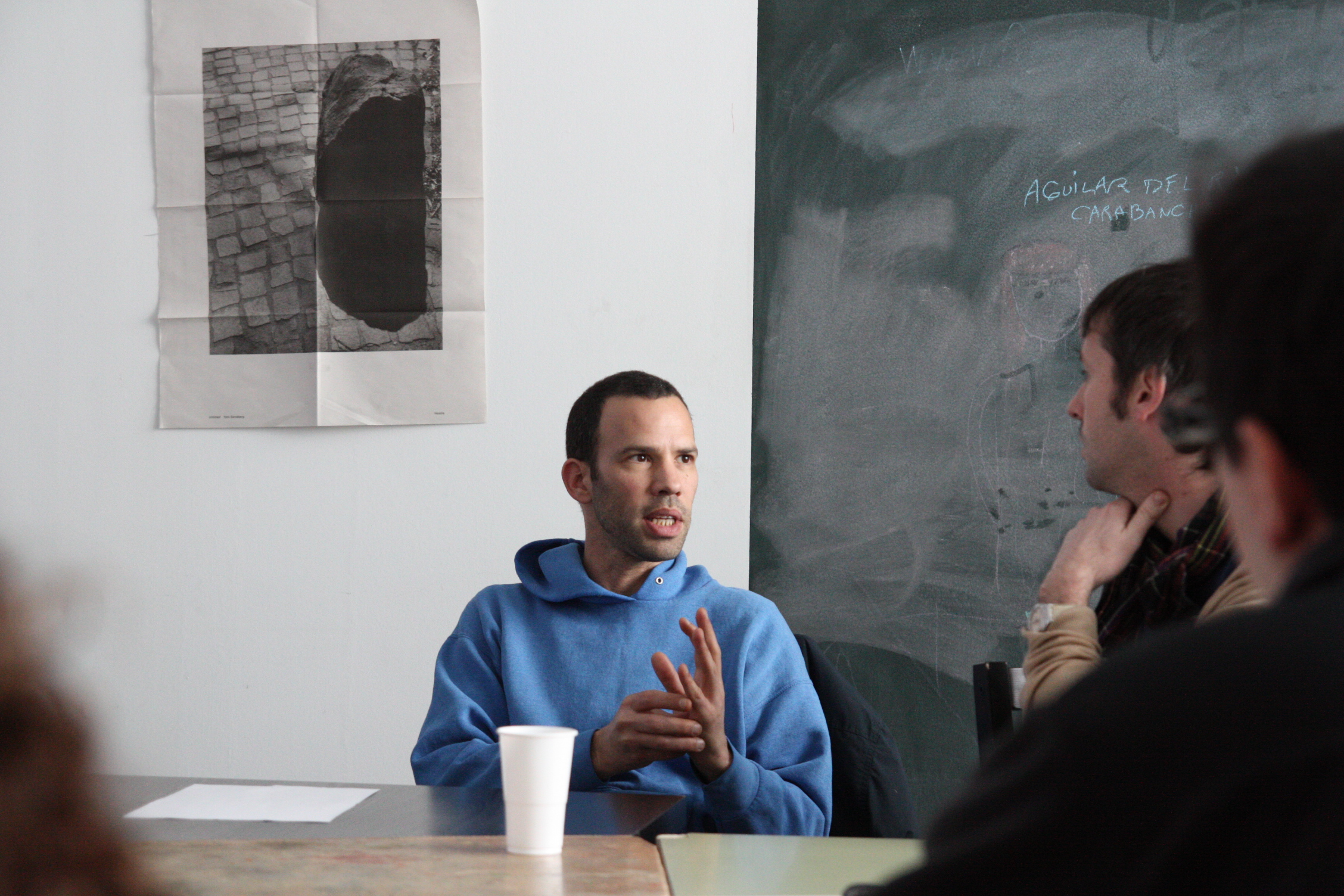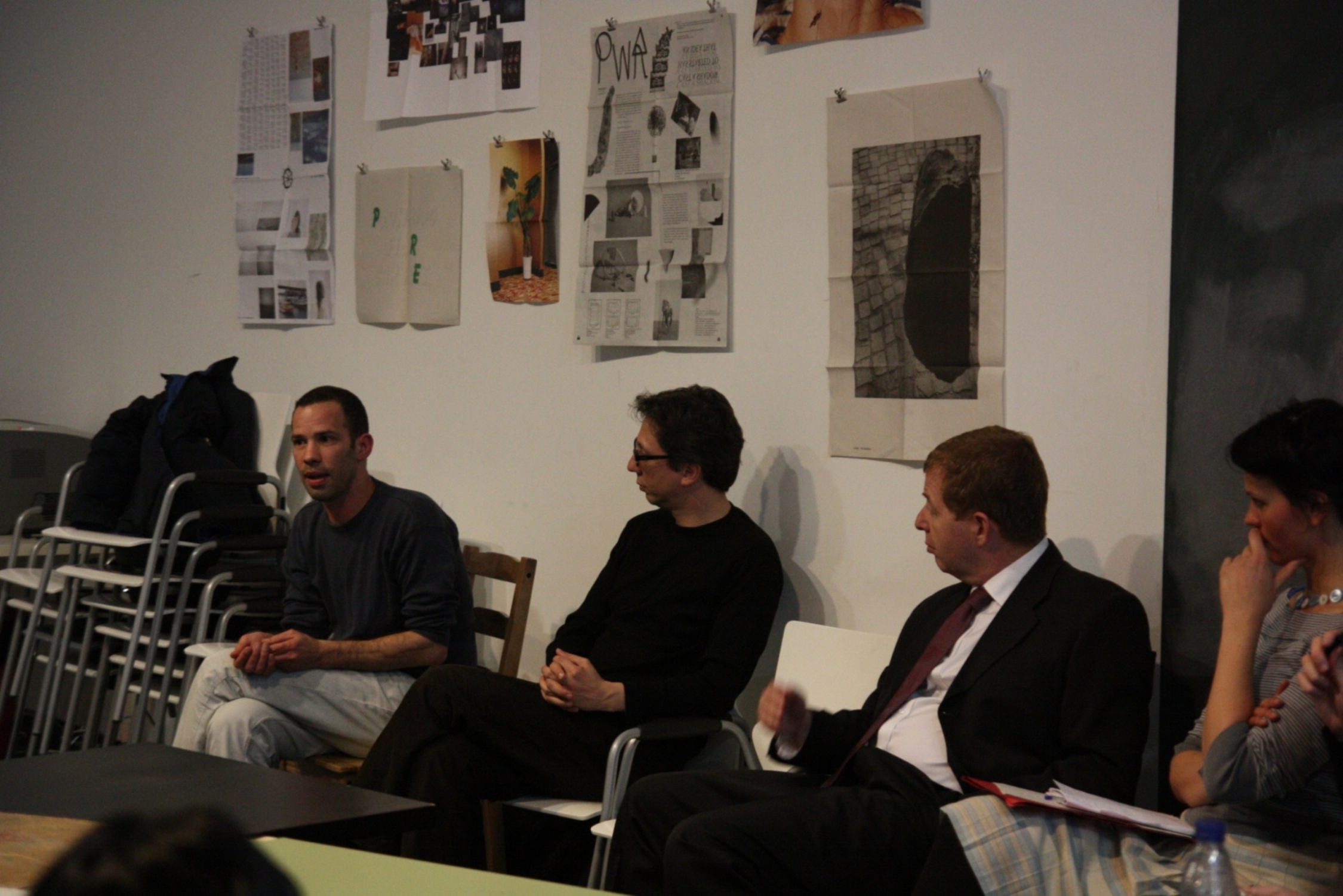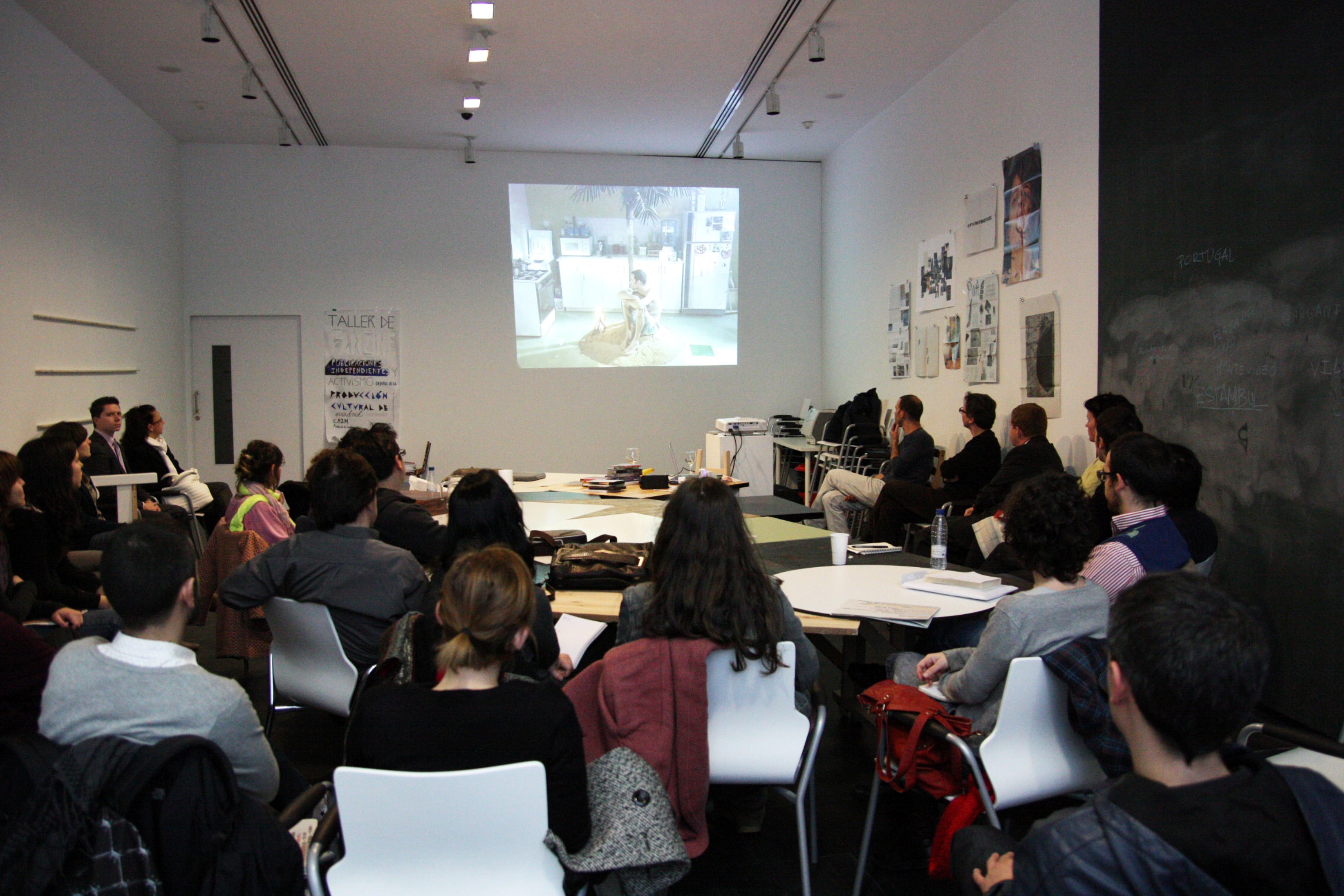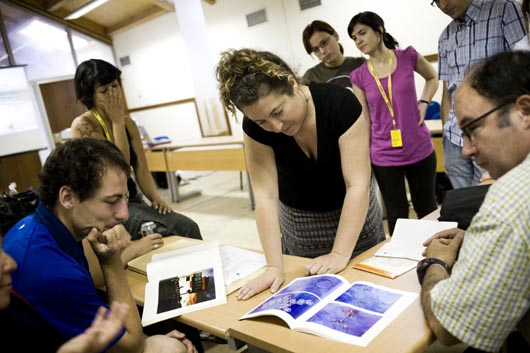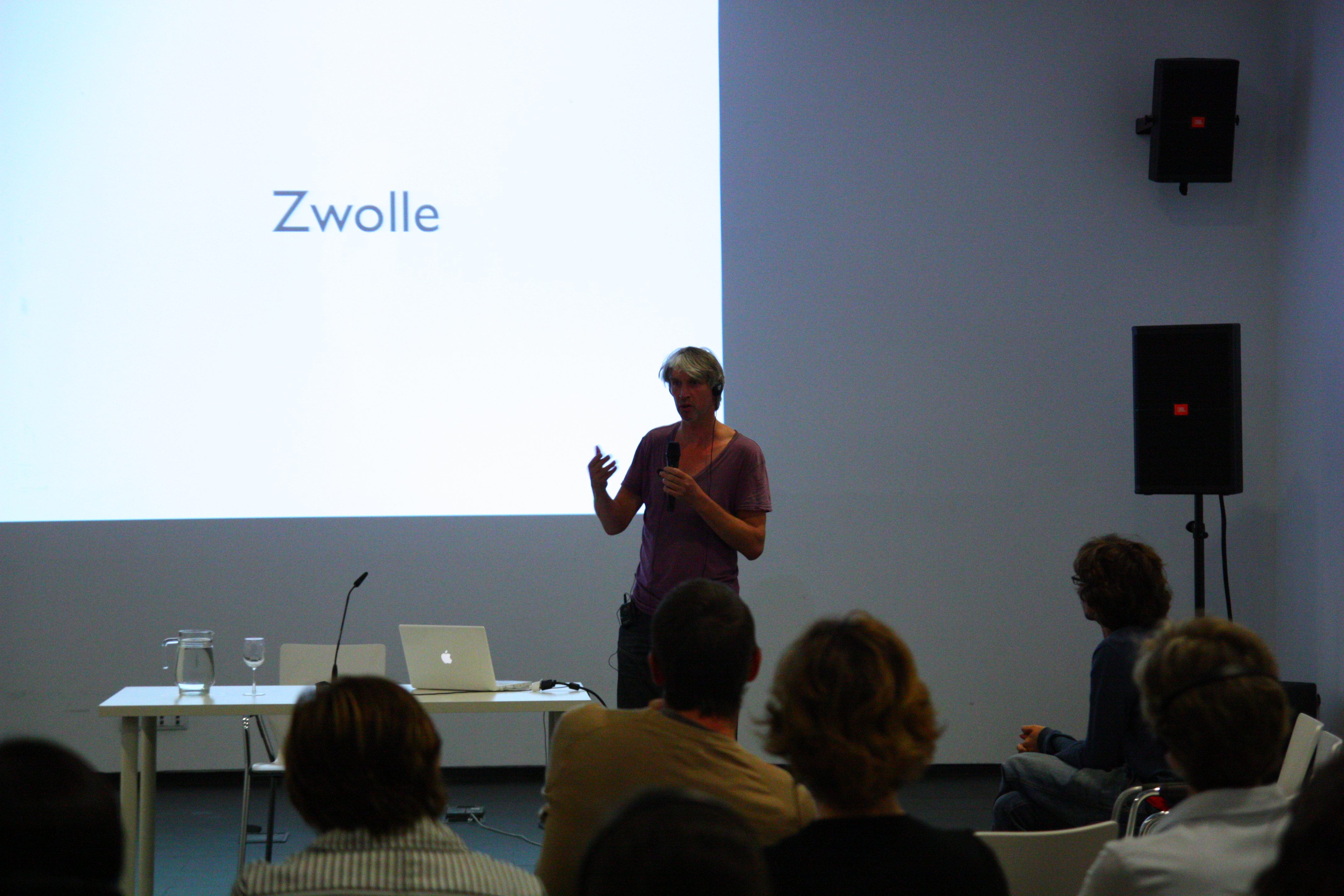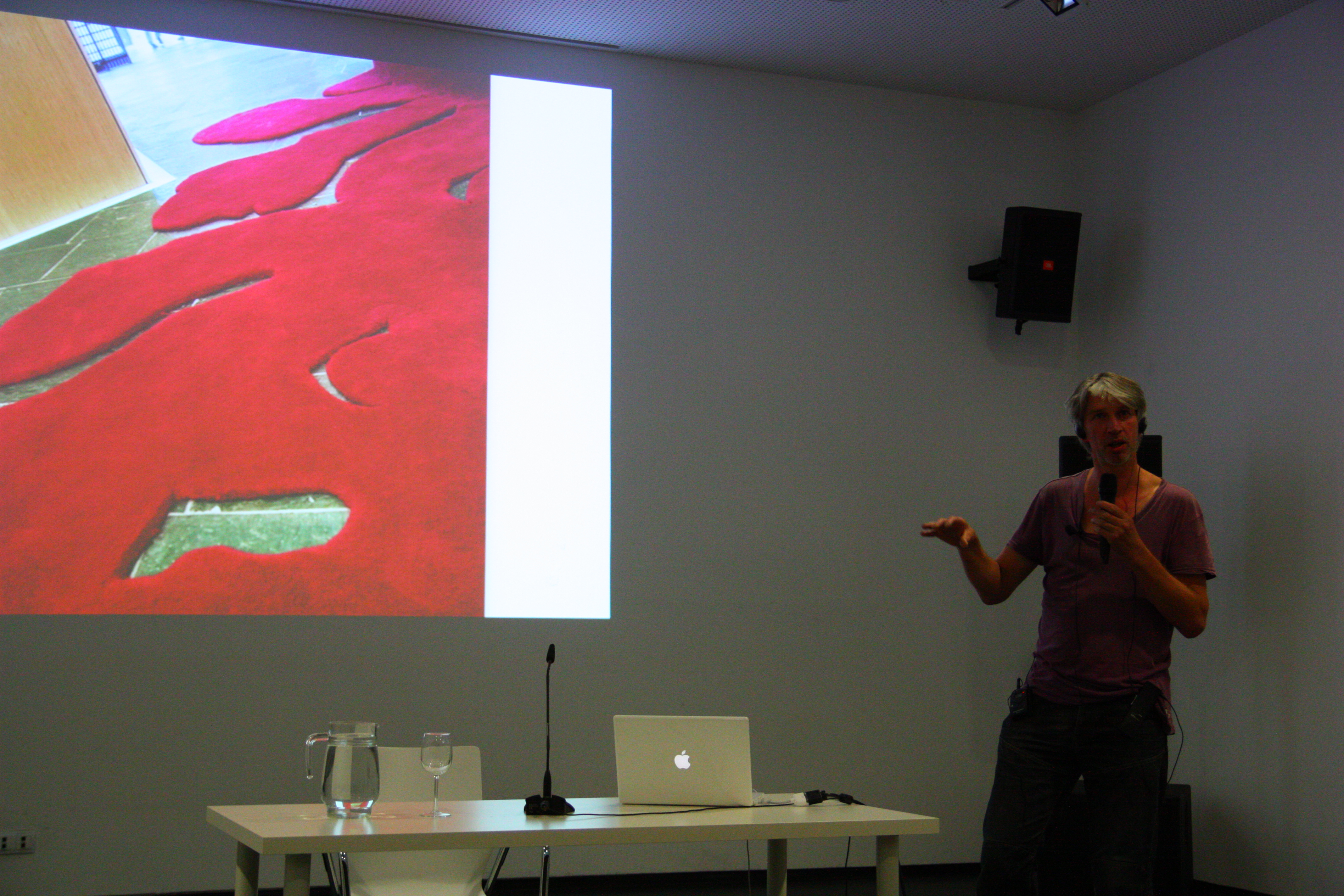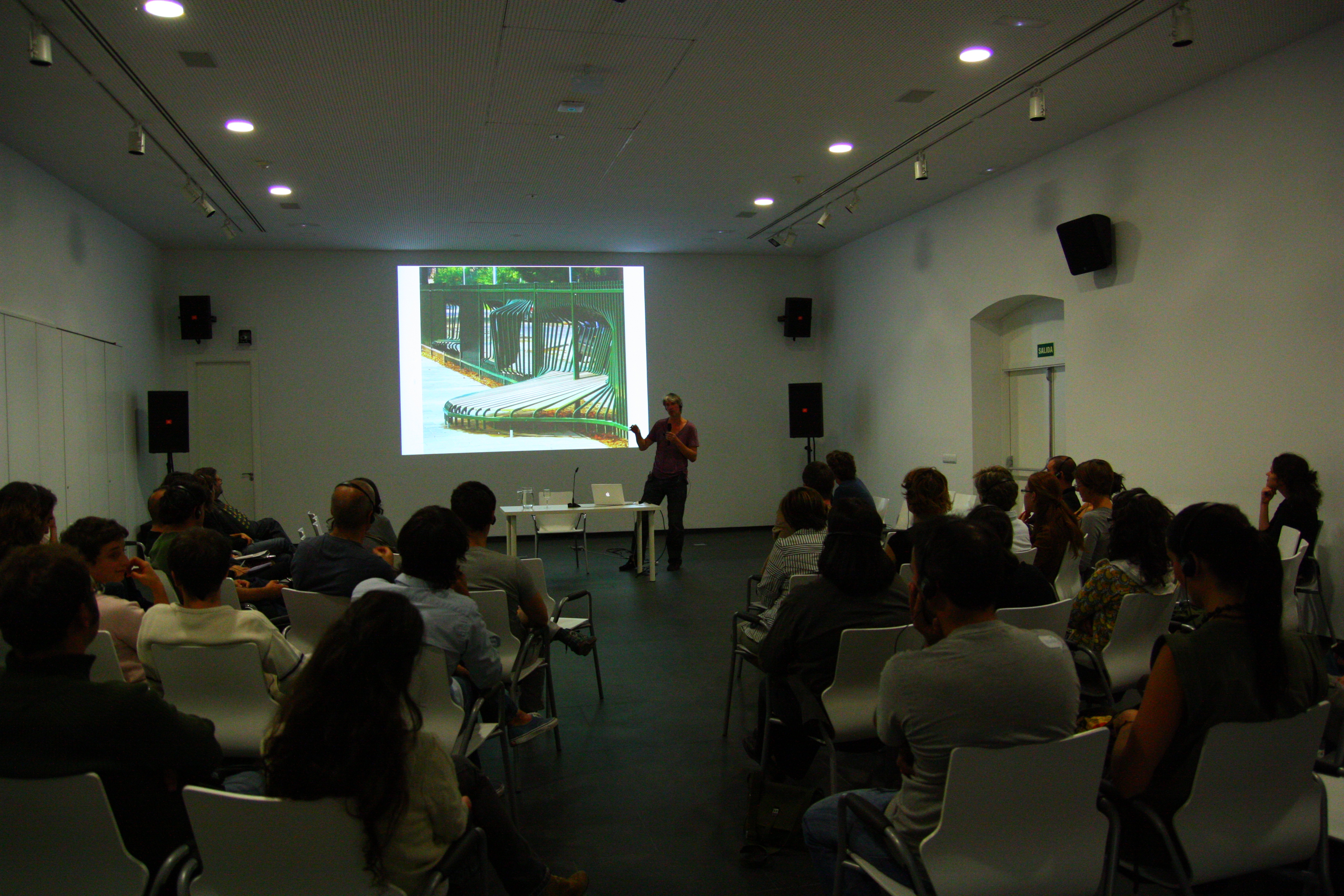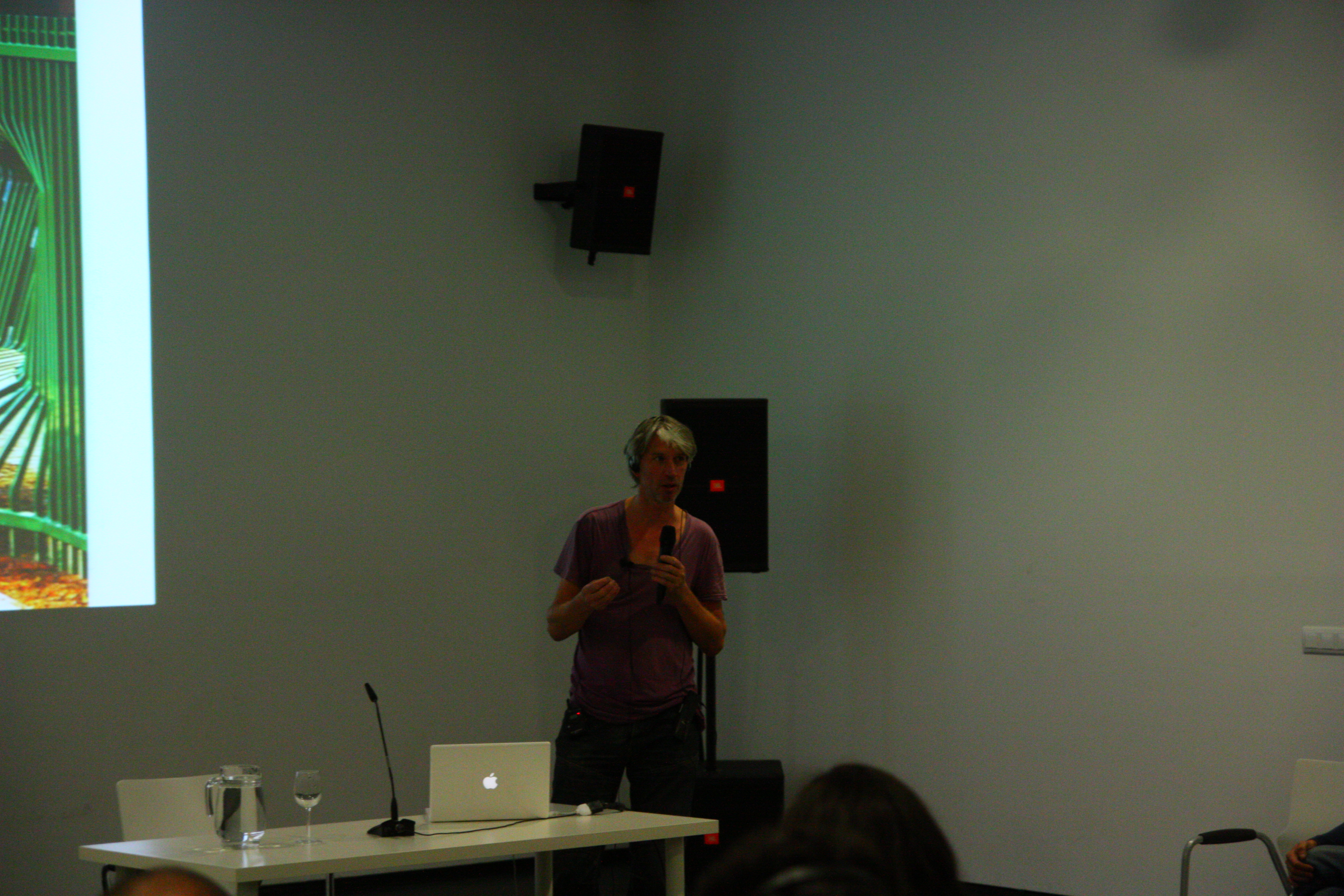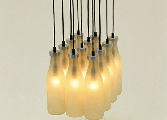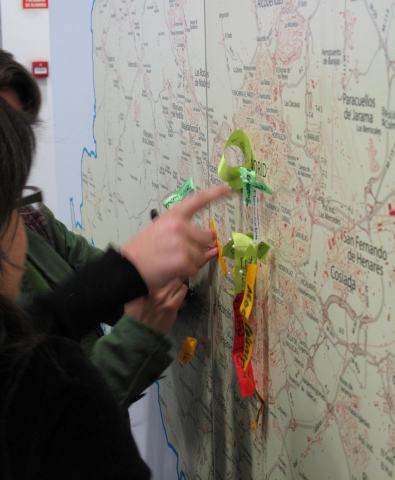The Autoplacer Festival will be held on Saturday 22 September. The day-long festival is an annual event run by the Autoplacer/Sindicalistas collective to celebrate self-published music with a series of concerts by up-and-coming emerging and/or submerged bands, electronic music sessions and the presentation of projects related with self-publishing of records, fanzines, books, design and a long etcetera.
The festival is free and open to all-comers throughout the whole day: a genuine music festival … but inside a contemporary art museum.
CONCERT PROGRAMME
PABLO PRISMA Y LAS PIRÁMIDES. Cuchillo de Fuego’s musical parameters coincide with hardcore insofar as their punk-based rabid sound and noise/post-hardcore texture (think Melvins, Jesus Lizard…). But this quartet from Pontevedra condenses it all into short blasts of biting, hard songs as dense as silex wrapped up in incendiary, lucid and humorous lyrics written on sanding paper. Cuchillo de Fuego came to attention at Liceo Mutante, Galicia’s true underground temple, in 2014 with Triple España, released on their own label Amawisca. They immediately rose to the peak of the punk scene (understood as any music removed from passing trends and based on doing whatever the hell you want and with whatever you have at hand) in Spain.
https://soundcloud.com/pablopablopablo-1/sets/pablo-prisma-y-las-piramides

CLARA TE CANTA
Born in Madrid in 1993, Clara te Canta is a comic artist and cultural mediator. In 2016 Clara te Canta set up a solo music project and in 2017 she won the Bfresh festival competition and performed at Gay Pride in Plaza del Sol in Madrid. In September 2017 Clara te Canta released an album of “songs for life” supported by the Monasterio de Cultura, Snap Clap Club and Ruggle Records labels.
https://claratecanta.bandcamp.com/
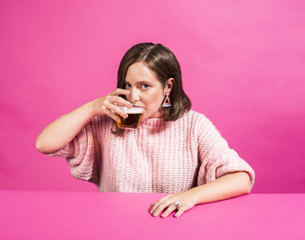
TULIP (Winners of the Autoplacer 2018 competition)
Tulip is a band from Vigo formed by Marta Rodríguez (Wild Balbina) and Óscar Raña (Dois). After almost one year rehearsing together, they decided to turn the project up another notch and brought on board Miguel Bianchi (Mvnich) and Daniel Nicolás (Fantasmage). At the end of 2017, they recorded the five tracks on their homonymous first EP using their own means, which they then completed in 2018 with the help of mastering by Xavier Alarcón.
https://tuuulippp.bandcamp.com/releases
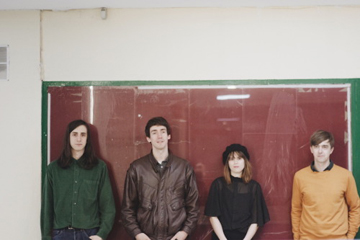
17.55h - HARDCUTE UKELELE
Hardcute Ukelele is a “drum and ukulele” duo from Seville formed by two friends who decided one day to enter a competition of versions in which the first prize was a ham. Once they had the ham and the ovation of the public—thanks to a magical version in Spanish of Lionel Richie’s legendary Hello— Hardcute Ukelele went one step further and decided to record their first live videos for Youtube, full of fantasy and drawings made with Paint. Elena plays the electric ukulele and Rosa the drums. Hardcute Ukelele’s cutesy appearance belies a punk underbelly, with a brand of bedroom pop with a humour and attitude reminiscent of pure Jonathan Richman. After the release of their first album and thanks to the success of their concerts throughout Spain, Hardcute Ukelele played at major festivals like Canela Party, El día de la marmota and Make Noise de Converse, and were the support group for Calvin Johnson at a concert in a church.
https://hardcuteukelele.bandcamp.com/

18.45h - FLASH AMAZONAS
Flash Amazonas es un dúo nipo-colombiano formado por los músicos Ryota Miyake (Crystal / Sparrows) y Julián Mayorga. Formado durante su tiempo como residentes en la Red Bull Music Academy de Montreal en 2016. El proyecto fusiona los intereses de ambos productores por la música latinoamericana, el pop, el punk, la new wave japonesa y la experimentación sonora. La banda ha presentado recientemente ‘Agua’: el primer single de su próximo LP de debut que ya ha recibido muy buenas críticas y que cuenta con el apoyo de la Red Bull Music Academy.
https://flashamazonas.bandcamp.com/
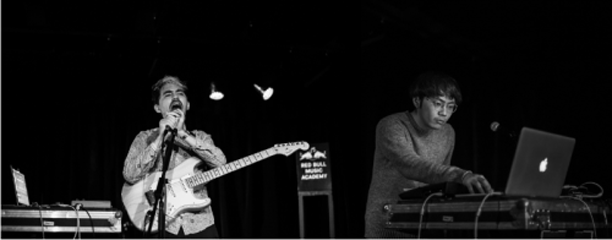
19.45h - DOBLE PLETINA
Doble Pletina es un quinteto de música pop de Barcelona. Se caracteriza por composiciones que, con los ingredientes justos y precisos, buscan la efectividad y se convierten en himnos de lo cotidiano, saltándose la idea preconcebida de “hit”.
https://doblepletina.bandcamp.com/
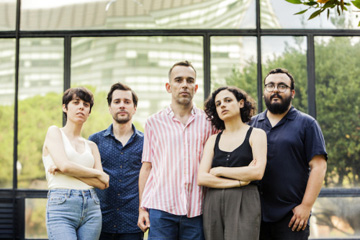
20.45h - CUCHILLO DE FUEGO
Cuchillo de Fuego se mueven en parámetros musicales cercanos al hardcore en cuanto a su rabiosa base guitarrera de aliento punk y textura noise/post-hardcore (leáse Melvins, Jesus Lizard…). Pero en el caso del cuarteto pontevedrés su propuesta se condensa en temas de menor duración, afilados, duros y densos como el silex y envueltos en unas letras incendiarias, lúcidas y también divertidísimas escritas sobre papel de lija. Al calor de ese auténtico templo del underground gallego que es el Liceo Mutante, Se dieron a conocer en 2014 con “Triple España” editado bajo su propio sello Amawisca, para situarse desde el primer instante en lo más alto del panorama punk (entendido como toda propuesta musical que, ajena a las modas, se basa en hacer lo que a uno le da la santa gana y con los medios a su alcance) nacional.
https://cuchillodefuego.bandcamp.com/
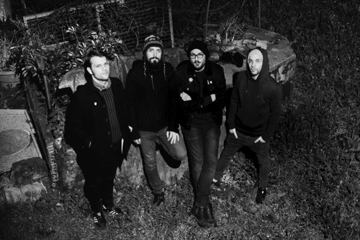
21.45h - LAS ODIO
Ágata Ahora (guitar), Ali Holgado (drums), Paula JJ (vocals and synths) and Sonsoles Rodríguez (bass) are Las Odio, a quartet of riot grrrls set up in 2015 in the Madrid underground scene, or infrandergraun as they call it. In summer 2016 they recorded what would be their first album, Futuras Esposas, at the Reno studios in Madrid with the producer Carlos Pereiro “Carlangas” (Novedades Carminha) and the sound engineer Luca Petricca. Just a few months later, when Blackout, the first track from the album, was released, Las Odio lost their mantle as Madrid’s best kept secret as they began to make headlines in the music and cultural press, who marked them as the most promising talent of 2017 with their exciting, gutsy sound that has been variously described as post-punk, pop, garage or rock… with nobody able to make up their mind exactly what it is. One thing though that everybody agrees on is that their lyrics pull no punches: telling feminist but also generational stories with biting humour and irony.
http://www.desvelo.eu/portfolio/lasodio/

22.45h - PUTOCHINOMARICÓN
Putochinomaricón is an East-Asian queer artist who uses pop music as a tool to defend everyday socio-political issues with absurd humour and irony. Putochinomaricón likes post-internet and making still-lifes in front of his bathroom mirror. He doesn’t like the social, moral and critical precariousness of today’s society. His mother says that he is a vitamix of PCmusic, Charli XCX, Ecce Hommo and Jawbreaker. Putochinomaricón is protest and fight in Comic Sans. Putochinomaricón is pop cynicism. Putochinomaricón is his own troll. Putochinomaricón is what he says he is, a fucking-Chinese-fag.
https://newadventuresinpop.bandcamp.com/album/corazo-n-de-cerdo-con-ginseng-al-vapor
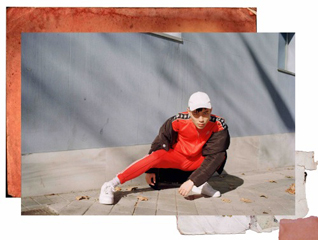
PISTA DE BAILE. COLECTIVOS INVITADOS
15.00h - LAIKAMORI
“Persona” (2018) es el título del primer álbum largo del dúo peruano de electrónica experimental Laikamorí, que ha sido presentado de manera sorpresiva en sus redes sociales. Es en esta producción que el enigma comulga con lo surreal, y el corazón indómito de Laikamorí se revela y vuelve a liberar un tropel de voces sacras que se extienden y marchan —como en una catedral— por los pasillos del alma. “Persona” es esa búsqueda del cimiento original, del núcleo inmaterial. Dicho por ellos mismos, los 11 temas que componen este LP nacen en los segundos de antesala al sueño de sus creadores, del llamado sopor, donde suele habitar la verdad más desnuda y sugerente.
https://laikamori.bandcamp.com/
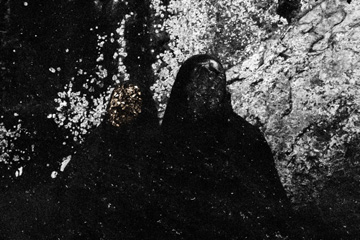
16.00h - REAL NO REAL
Real No Real is interested in creating an alternative space for expression and listening. It’s evening-time slot at the Sala 0 - Palacio de la Prensa club in Madrid produces an unique atmosphere customised every time through sound and interventions in the space.
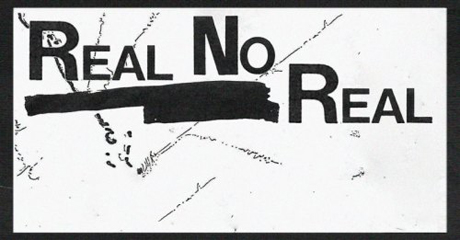
19.30h - OJO ÚLTIMO
Ojo Último is a kind of robot poet with crazy ideas. A raging wizard constantly switching between two worlds. Between past and future. Between good and evil. Between strokes of genius and bouts of nonsense. In an intense limbo. His new album, El Núcleo Duro, is a trilogy. An electronic opera. An expedition into the jungle and a mission into space. A journey to the outer limits of reality and of oneself. For the live presentation of the album he has prepared a show that gives shape and body to an unsettling, paradoxical, bizarre, and surprising world.
https://ojoultimo.bandcamp.com/

20.30h - CHICO TRÓPICO
Chico Trópico, a switchboard of artistic-sound actions in operation since 2010, will launch onto the Autoplacer 2018 dance floor a histrionic session of loops, synths and stomping tropical, noisy, sugary, corrosive and dancey tracks designed to align feet, hips and minds on the same wavelength.
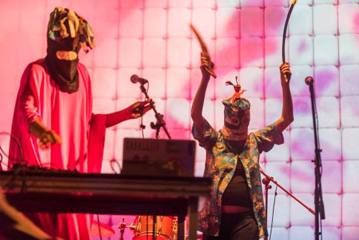
PROYECTOS INVITADOS
Como cada año el Festival Autoplacer acoje en el CA2M una serie de proyectos invitados en los que la autoedición está presente, ya sea a través de la publicación por parte de artistas, creadores o editoriales de iniciativas culturales como en su difusión mediante librerías, colectivos, tiendas especializadas, etc. Gracias a estos proyectos una parte del CA2M se convierte en un pequeño mercadillo en el que descubrir el trabajo de artistas y diseñadores actuales.
Bombas Para Desayunar
Borobiltxo Libors
Editorial Supremacía
La Fonoteca
La Integral
Librería Delirio
Semen Up
Turismo Verité
We Are Mag
La negra
El rapto


